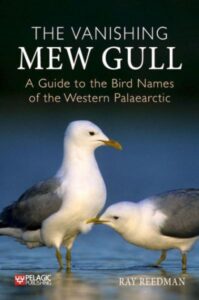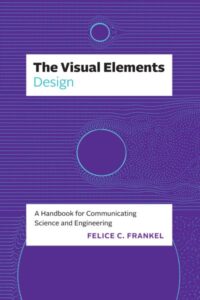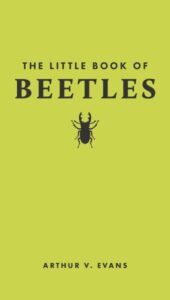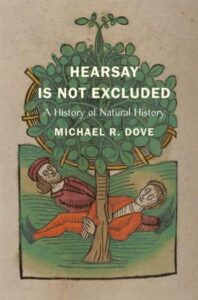When the news reached me that Ray Reedman had written another book on the subject of the history of bird names, also, like his previous “Lapwings, Loons and Lousy Jacks; The How and Why of Bird Names,” published by Pelagic Publishing, my pocket notebook was immediately deployed and a note duly made (as the motto of the journal Notes & Queries instructs us: “When found, make a note of”).




